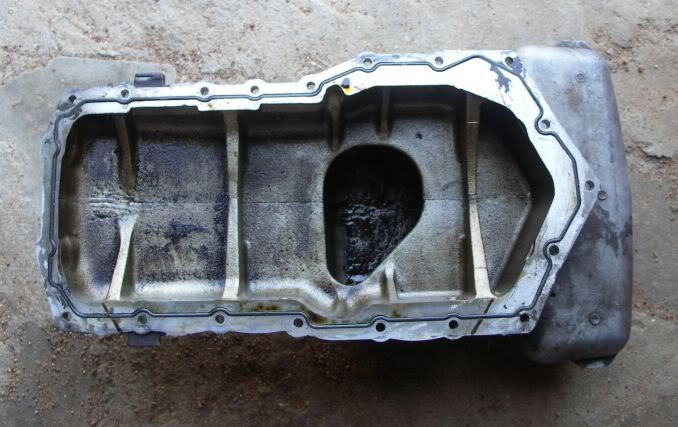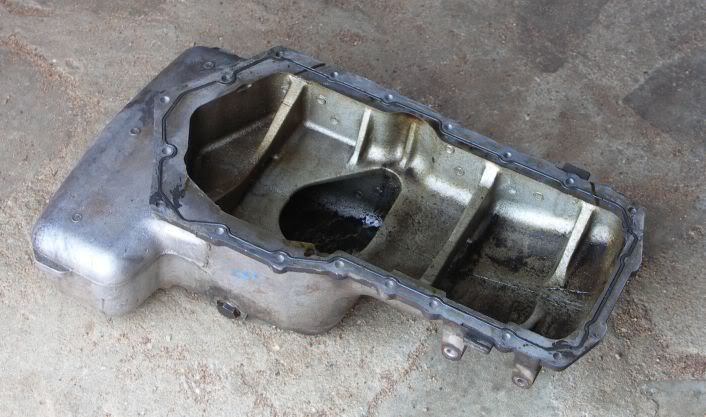Changed the oil to the rest of the HX5 for a week and a bit (use it up, the varnish test not showing anything). Highest I could get on that oil was 119C.
Have a week of having the Castrol Magnatec 5W30 fuel economy installed, same model Fram filter.
http://www.tds.castrol.com.au/pdf%5C10774_Magnatec%20Fuel%20Saver%205W-30_467501_2013_04.pdf
Don't know what the HTHS of the Helix HX5 15W40 that I changed out is (guessing low to mid 4s), sot there's a significant reduction of High Shear Viscosity.
Highest on this oil is 119C also, but 106C was seen after 25 miles of highway, normal use in D. My regular commute is within 3 degrees of what was measured on the 15W40.
It looked initially like I've picked up 1MPG (4%), see how that plays out...as we all know, mileage isrpetty variable, but I settled on the same fuel some weeks ago, and timed the OCIs so I've still got a month of winter for consistency.
More observations have me questioning where a "proper" oil temperature gauge should be measuring.
Being that I put the thermocouple right where the dipstick is, and it's directly under the oil that is raining back from the working parts, I've run the T/C to the bottom of the sump to get a rough temperature profile.
There's 12-15C difference between the oil temperature that's entering the sump, in the full/low range than the bit near the sump wall (big alloy winged thing).
Procedure was to pull off the highway, kill the ignition, and coast to a stop, leapout and test for temp and last two days profile...hopefully not enough time for a serious convetive cooling to have started.
Have an IR thermometer on the way, and am still chasing a thermoprobe that I can replace the dipstick with.
But has me wondering more...where is everyone's "proper" oil temperature gauges installed ?
http://www.bobistheoilguy.com/forums/ubbthreads.php/topics/3462602#Post3462602




